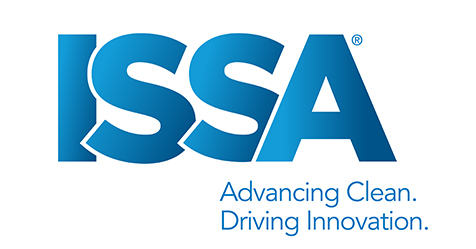A commonly cited statistic states most of us spend approximately 90% of our time indoors, in the contained environment of the home and workplace. In the move toward greater environmental sustainability, buildings have become more energy efficient and more tightly sealed. While this provides a better environmental impact, it also means that the air in these buildings may not become renewed through passage of fresh air.
Volatile organic compounds (VOCs) are a significant contributor to poor indoor air quality in these sealed environments. VOCs can cause a range of symptoms including eye, nose, and throat irritation; headache; loss of coordination; nausea; and damage to the liver, kidney, and central nervous system. For those with asthma and allergies, throat and lung irritation can prompt an asthma attack.
Unfortunately, there can be many sources of VOCs in the indoor environment, and less air exchange means that there is nowhere for these VOCs to go. Building materials, electronic equipment, cleaning products, and even cooking processes can contribute to the VOC content of the indoor environment. How can facility and maintenance managers be proactive in dealing with these indoor air pollutants?
Control what you can
It is best to be pragmatic and deal with sources of VOCs you can control. For those you can’t control, take steps to mitigate their impact.
One of the most difficult sources to control is electronic equipment, which can emit VOCs from their plastic shells. While you may be able to select more sustainable products, this may not always be practical. VOCs also can be emitted when the ink in photocopiers heats up during use, another source that may be impractical to avoid. More easily controlled VOC sources include paints, some cleaning products, and building products like insulation. As paint formulations have greatly improved over the past 15-20 years, low-VOC paints now rival the performance of the less safe alternatives. Most paints carry certification or test data to help you choose an appropriate product.
Many building materials, such as insulation, require formaldehyde as a catalyst. Fortunately, formaldehyde-free insulation has become more available. Similar to low-VOC paints, formaldehyde-free building products will generally be clearly labeled.
Cleaning products are a good example of a product class that can be divided between low- and high-VOC choices. Cleaning products work by dissolving dirt, allowing it to be removed. The chemical that dissolves dirt—a solvent—is often a VOC. You may choose from a range of cleaning products that are more environmentally sustainable, with low VOC content, when suitable.
Practice caution when VOCs are essential
Challenging tasks, such as industrial cleaning or graffiti removal, may require cleaning products with higher levels of solvents, making the use of VOCs essential. In these circumstances, take precautions such as wearing the appropriate personal protection equipment (PPE) and assuring your facility has proper ventilation. When selecting a cleaning product, do not prioritize low VOC levels to the detriment of functionality or choose products with other active ingredients that may have negative effects for the environment or for the user.
Where VOCs cannot be avoided, install and operate effective ventilation systems or air cleaners. Although you can use HEPA filters to remove particulate matter, they are not effective for the removal of VOCs. There is a range of technologies on the market—such as ozone generators, photocatalytic oxidation (PCO), and carbon filters—to remove VOCs.
While ozone generators can be effective by breaking down (oxidizing) VOCs, they should be avoided as ozone can cause breathing difficulties at higher concentrations. PCO acts in a similar way to ozone in that it breaks down the VOC, however its performance can be variable. Unless it completely degrades the VOC, this technology can end up producing smaller VOCs that are just as troublesome. If you select PCO as your VOC removal technology, ensure that adequate testing has been performed to prove its efficacy.
Carbon filters can be very successful in removing VOCs. These solid media filters are porous and have a high surface area. VOCs are drawn into the carbon filter’s pores where they become trapped, keeping them out of the air flow. To remain effective, carbon filters need to be replaced as they become full.
Check the label for assurance
It can be difficult, sometimes, to determine the impact and efficacy of approaches such as air cleaners, and low-VOC paints and cleaning products. Certification marks can provide a good signpost when selecting these kinds of products, to make sure you choose an approach that you trust. GREENGUARD, Green Seal®, Ecologo®, and LEED, for example, are all excellent environmental certification programs that will address many of the aspects raised above. In addition, the asthma & allergy friendly® Certification Mark identifies products that are suitable for people with asthma and allergies. Before selecting a product based on a certification mark, inform yourself fully on their criteria and determine if that criteria aligns with your goals.
In summary, ways that you can reduce VOCs in your buildings include:
- Reduce the use of products that can contribute VOCs and select low-VOC paints, cleaning products, and building materials
- Review certification standards to get ideas for suitable products
- Retain an air quality company to measure VOCs on a regular basis for a means to determine the impact of the measures you
are taking - Ensure adequate air circulation is in place and that the filtration system incorporates a technology to remove or degrade VOCs
- Use certification marks as a signpost for suitable products.




